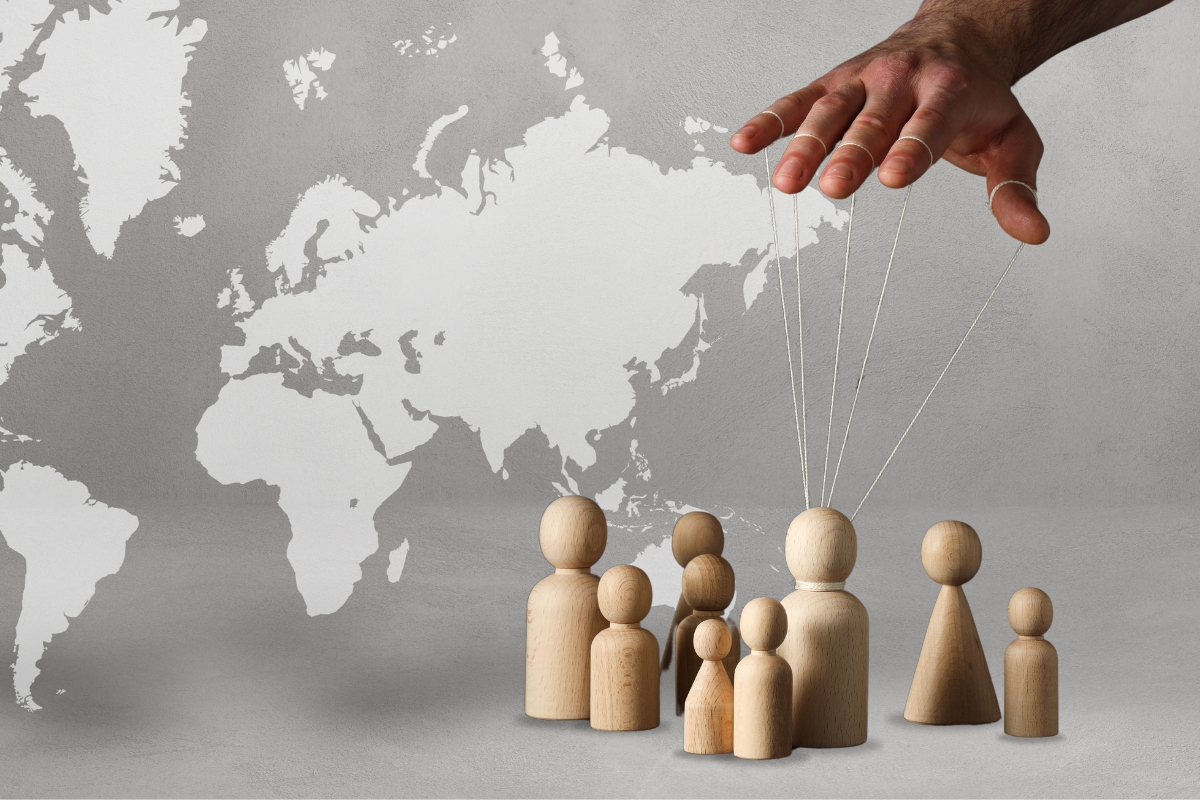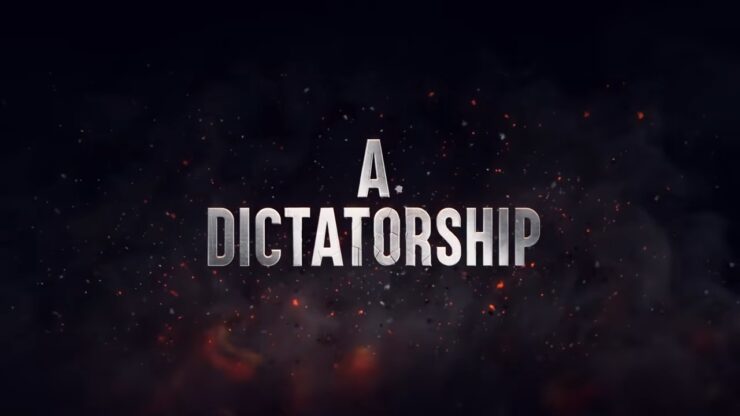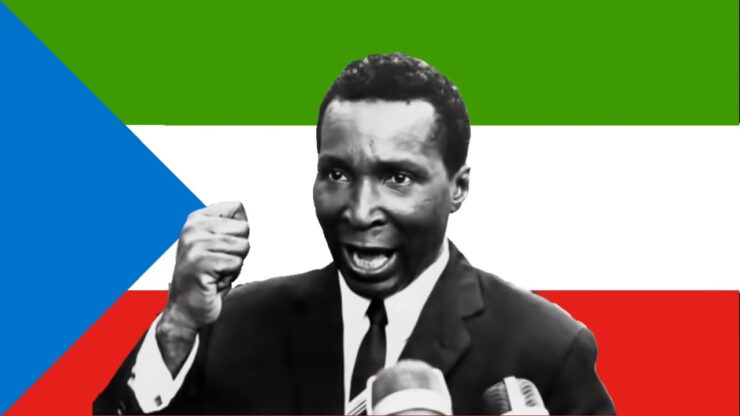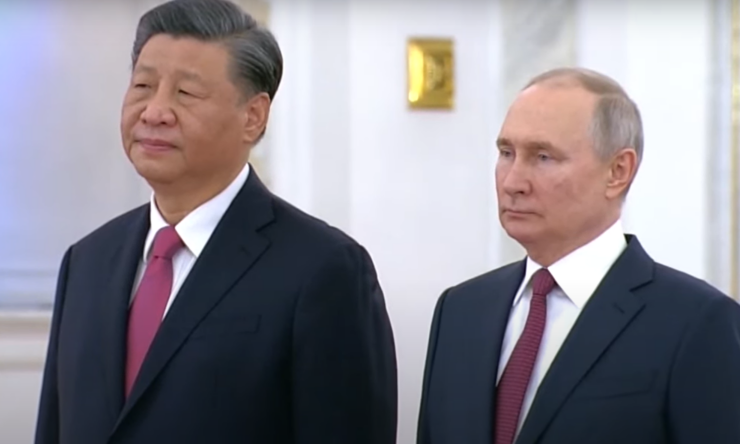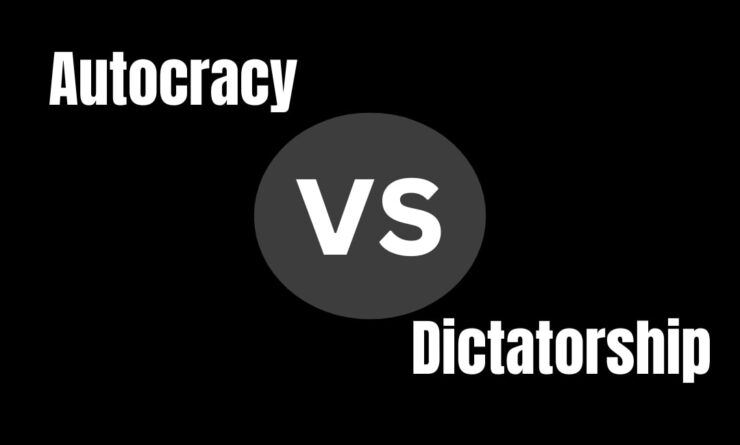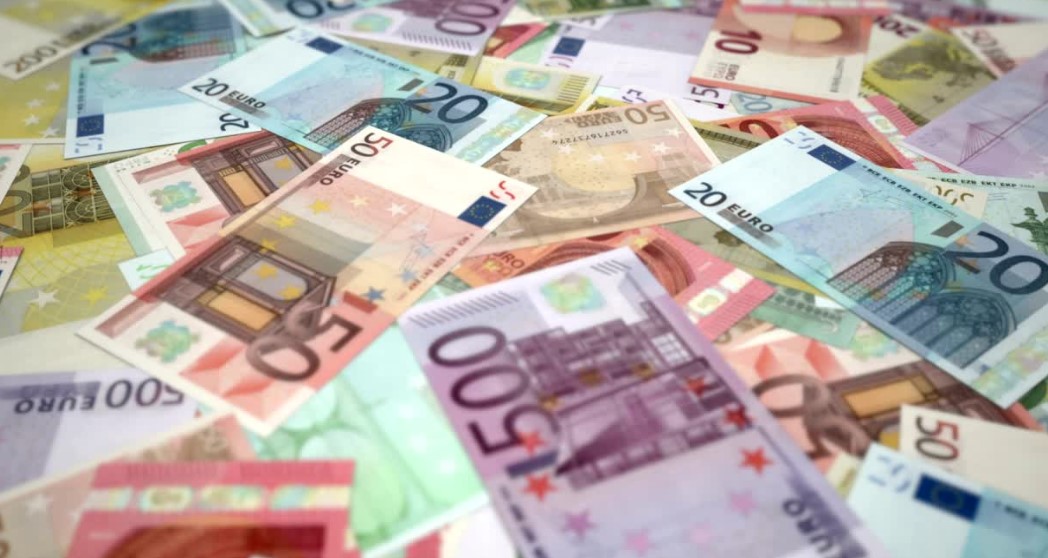What are the worst dictatorships in the world? This is a very difficult question to answer, particularly if you add the question “what is a dictatorship”?. And of course there are many metrics to gauge this.
One metric we can though use is that of the Press Freedom Index which every year publishes a list of the worst dictatorships in the world. Many of the countries will probably not surprise you all that much, but some will and others you will most likely have not heard of.
Overview
A dictatorship is like a system where one person or a small group has all the control. Imagine a classroom where only one student decides everything, and no one else can voice their opinions. In a dictatorship, this “student” can be a person or a party. They often come into power during tough times, like when a country is going through a lot of problems.
To keep their power, dictators might use fear tactics. It’s like if that student in the classroom silenced anyone who disagreed with them, maybe by taking away their lunch or threatening them. In real dictatorships, this can mean putting people in jail, hurting them, or even worse.
In some cases, dictators might change or tweak a country’s rules (like a set of important classroom rules) to make themselves and their friends even more powerful or wealthy. For instance, in 2020, the leader of Russia, Vladimir Putin, and his group changed the country’s rules so that he could stay in charge until 2036.
Living under a dictatorship can be really tough. People might be treated unfairly because of things like their religion, who they love, or how much money they have. Dictators sometimes use really bad and even illegal ways to stay in control.
It’s like if they had a secret group of school monitors who punished anyone who disagreed with them. They might even arrest people without a good reason and put them in special places called concentration camps. It’s not a nice situation at all.
5 Kinds Of Dictatorship
There are five different kinds of dictatorship, each based on how the leader comes into power and keeps control. Let’s break them down:
- Military dictatorship: This happens when the military takes over the country by force, often through a coup. The top military officer becomes the ruler and uses the army’s strength to stay in charge.
- Monarchies: In these dictatorships, power is passed down through a family. It’s like a royal system where the leader’s kids or relatives inherit control. Think of it as a mix of kingship and dictatorship.
- Personalistic dictatorships: Here, the leader has a lot of power, and they often use their own charm to stay in control. They might have support from a party or the military, but they make most decisions themselves. They also build a strong image to influence people and might use secret police to keep critics quiet.
- Single party dictatorships: In this type, there might be more than one political party, but only one has real power. They control everything, from rules to elections, often with propaganda. This way, they ensure they always win.
- Hybrid dictatorships: These mix elements from the other types. For example, a country could have a leader who’s both a military figure and a charismatic individual. Another mix could involve a single party with military control. It’s like blending different ingredients together.
What Life is Like in a Country Ruled by a Dictator
In a country ruled by a dictatorship, power is incredibly lopsided. Imagine one person having all the control over everything. It’s like the entire country dances to the tune of that single person. While there might be some advisors around the dictator, they don’t have much say in how things are run. And as for regular people, their voices are often silenced. The dictator is the ultimate boss.
Living in a dictatorship can feel a lot like being in a harmful relationship or a tough living situation. But for many folks in places like North Korea or Cameroon, this is all they’ve ever known. So, the idea of living under a dictator isn’t as shocking to them. For those lucky enough to have an outside view, dictatorships can seem really extreme and unfair.
The Countries with Dictatorships in the Modern World
As of 2024, there are 52 nations with a dictator or authoritarian regime ruling the country: Three in Latin America and South America, 27 in Asia and the Middle East, and 22 in Africa.
African Dictators
Africa has several long-standing dictators despite the fact that the continent as a whole is quite volatile politically. In the last six years alone, at least 26 African countries have experienced transfers of power.
Unfortunately, democracy is still shaky in many countries, a number of which are fighting violent religious insurrections, and the likelihood of any fallen dictator being quickly replaced by another dictator is high.
There are currently 22 dictators in Africa, some worse than others. Some have been in power for decades, such as President Teodoro Obiang Nguema Mbasogo of Equatorial New Guinea.
President Obiang gained power in 1979 after ousting his uncle, Francisco Macías Nguema, and sentencing him to death by firing squad. His wealth is estimated to be approximately $600 million. This is thanks to an oil boom that enriched his family at the expense of the Equatorial Guinea citizens.
Obiang’s regime is known for state-sanctioned kidnappings, torture of prisoners, and unlawful killings. A political rival accused Obiang of cannibalism in 2004, but no evidence to support the claim has ever surfaced.
Dictators Around the World
The leaders of dictatorships are not outwardly identified as dictators when other people are addressing them. In fact, most dictators adopt common appellations such as “President” or “Prime Minister”, so they must be identified via their actions and policies rather than their title.
- President Ashraf Ghani Ahmadzai of Afghanistan
- President Abdelmadjid Tebboune of Algeria
- President João Lourenço of Angola
- President Ilham Aliyev of Azerbijan
- King Hamad bin Isa Al Khalifa of Bahrain
- Sheikh Hasina of Bangladesh
- President Alexander Lukashenko of Belarus
- Sultan Haji Waddaulah of Brunei
- President Évariste Ndayishimiye of Burundi
- Prime Minister Hun Sen of Cambodia
- President Paul Biya of Cameroon
- President Faustin Archange Touadera of the Central African Republic
- President Idriss Deby of Chad
- President Xi Jinping of China
- President Félix Tshilombo Tshisekedi of the Democratic Republic of the Congo
- President Denis Sassou Nguesso of the Republic of the Congo
- President Miguel Diaz-Canel of Cuba
- President Ismaïl Omar Guelleh of Djibouti
- President Abdel Fattah al-Sisi of Egypt
- President Teodoro Mbasogo of Equatorial Guinea
- President Isaias Afwerki of Eritrea
- Prime Minister Abiy Ahmed of Ethiopia
- President Albert-Bernard Bongo of Gabon
- Supreme Leader Ali Khamenei of Iran
- President Barham Salih of Iraq
- President Kassym-Jomart Tokayev of Kazakhstan
- President Bounnhang Vorachith of Laos
- President Nouri Abusahmain of Libya
- Min Aung Hlaing of Myanmar
- President Daniel Ortega of Nicaragua
- President Kim Jong-un of North Korea
- Sultan Qaboos bin Said Al-Said of Oman
- Emir Tamin Al Thani of Qatar
- President Vladimir Putin of Russia
- President Paul Kagame of Rwanda
- King Abdullah Aziz Al Saud of Saudi Arabia
- President Mohamed Abdullahi Mohamed of Somalia
- President Salva Kiir Mayardit of South Sudan
- President Abdel Fattah Abdelrahman Burhan of Sudan
- King Mswati III of Eswatini/Swaziland
- President Bashar al-Assad of Syria
- President Emomalii Rahmon of Tajikistan
- Chairman Losang Jamcan of Tibet
- President Recep Tayyip Erdoğan of Turkey
- President Gurbanguly Berdimuhammedow of Turkmenistan
- President Yoweri Museveni of Uganda
- King Sheikh Khalifa Nahyan of the United Arab Emirates
- President Shavkat Mirziyoyev of Uzbekistan
- President Nicolás Maduro of Venezuela
- President Nguyễn Phú Trọng of Vietnam
- President Brahim Ghali of Western Sahara
- President Abd Al-Hadi of Yemen
China’s Government and Russia’s Leadership Style:
- China’s Form of Governance: China’s government is often considered a dictatorship due to its tight control and censorship. While its official name is a “people’s democratic dictatorship,” this may seem contradictory. The government claims to act on behalf of the people while also using powers against opposition. China’s leader, President Xi Jinping, holds multiple powerful positions within the Communist Party, the military, and the government.
- Russia’s Leadership: Russia is officially a federal semi-presidential republic, but it’s also characterized by elements of an oligarchy. President Vladimir Putin has been in power for several terms, and he extended his potential time in office through a constitutional change. The question of whether Putin is a dictator is debated. Critics argue that he limits freedom of speech, suppresses opponents, and consolidates power by changing laws to his advantage.
Both countries exhibit strong central control, but the dynamics of their leadership and governance differ.
Autocracy vs. Dictatorship: Unraveling the Differences
“Autocrat” and “autocracy” are terms often used like “dictator” and “dictatorship,” and they do share similarities. In both cases, a single leader holds supreme power without legal limits.
However, there are key distinctions between autocracies and dictatorships.
- Power Concentration:
- Autocracy: Power is usually concentrated in a single individual, the autocrat.
- Dictatorship: While often centered around one leader, particularly in single-party dictatorships, power can also be shared among a small group within the ruling party.
- Intent and Approach:
- Autocracy: Some autocratic leaders historically aimed to benefit their people. Examples include King Cyrus the Great, King Solomon, Marcus Aurelius, and Lee Kwan Yue, who focused on their people’s well-being.
- Dictatorship: The term “dictatorship” often implies a more negative connotation, with a focus on potential abuse of power. Benevolent dictators are rare, and dictatorships are more commonly associated with suppressing rights.
- Citizen Involvement:
- Autocracy: Citizens might experience varying levels of involvement in decision-making, depending on the autocrat’s approach.
- Dictatorship: Dictatorships typically limit citizen participation in government decisions, often leading to resistance from those seeking a greater say.
| Country | Dictator | Title | 2024 Population |
|---|---|---|---|
| Afghanistan | Ashraf Ghani Ahmadzai | President | 42,239,854 |
| Algeria | Abdelmadjid Tebboune | President | 45,606,480 |
| Angola | Joao Lourenco | President | 36,684,202 |
| Azerbaijan | Ilham Aliyev | President | 10,412,651 |
| Bahrain | King Hamad bin Isa Al Khalifa | King | 1,485,509 |
| Bangladesh | Hasina | Sheikh | 172,954,319 |
| Belarus | Aleksandr Lukashenko | President | 9,498,238 |
| Brunei | Haji Waddaulah | Sultan | 452,524 |
| Burundi | Pierre Nkurunziza | President | 13,238,559 |
| Cambodia | Hun Sen | Prime Minister | 16,944,826 |
| Cameroon | Paul Biya | President | 28,647,293 |
| Central African Republic | Faustin Archange Touadera | President | 5,742,315 |
| Chad | Idriss Deby | President | 18,278,568 |
| China | Xi Jinping | President | 1,425,671,352 |
| Cuba | Miguel Díaz-Canel | President | 11,194,449 |
| Djibouti | Ismail Omar Guelleh | President | 1,136,455 |
| Dr Congo | Joseph Kabila | President | 102,262,808 |
| Egypt | Abdel Fattah al-Sisi | President | 112,716,598 |
| Equatorial Guinea | Obiang Nguema Mbasogo | President | 1,714,671 |
| Eritrea | Isaias Afwerki | President | 3,748,901 |
| Eswatini | Mswati III | King | 1,210,822 |
| Ethiopia | Abiy Ahmed | Prime Minister | 126,527,060 |
| Gabon | Albert-Bernard Bongo | President | 2,436,566 |
| Iran | Ali Khamenei | 2nd Supreme Leader | 89,172,767 |
| Iraq | Barham Salih | President | 45,504,560 |
| Kazakhstan | Kassym-Jomart Tokayev | Acting President | 19,606,633 |
| Laos | Bounnhang Vorachith | President | 7,633,779 |
| Libya | Nouri Abusahmain | President | 6,888,388 |
| Myanmar | Win Myint | President | 54,577,997 |
| Nicaragua | Daniel Ortega Saavedra | President | 7,046,310 |
| North Korea | Kim Jong-un | President | 26,160,821 |
| Oman | Qaboos bin Said Al-Said | Prime Minister | 4,644,384 |
| Qatar | Hamad Bin Jassim Bin Jabr Al-Thani | Sheikh | 2,716,391 |
| Republic Of The Congo | Denis Sassou Nguesso | President | 6,106,869 |
| Russia | Vladimir Putin | President | 144,444,359 |
| Rwanda | Paul Kagame | President | 14,094,683 |
| Saudi Arabia | Fahd bin Abdul Aziz | King | 36,947,025 |
| Somalia | Hassan Sheikh Mohamud | President | 18,143,378 |
| South Sudan | Salva Kiir Mayardit | President | 11,088,796 |
| Sudan | Abdel Fattah Abdelrahman Burhan | President | 48,109,006 |
| Syria | Bashar al-Assad | President | 23,227,014 |
| Tajikistan | Emomalii Rahmon | President | 10,143,543 |
| Turkey | Recep Tayyip Erdoğan | Prime Minister | 85,816,199 |
| Turkmenistan | Gurbanguly Berdimuhamedow | President | 6,516,100 |
| Uganda | Yoweri Kaguta Museveni | President | 48,582,334 |
| United Arab Emirates | Khalifa bin Zayed Al Nahyan | Sheikh | 9,516,871 |
| Uzbekistan | Shavkat Mirziyoyev | President | 35,163,944 |
| Venezuela | Nicolas Maduro | President | 28,838,499 |
| Vietnam | Nguyễn Phú Trọng | President | 98,858,950 |
| Western Sahara | Brahim Ghali | President | 587,259 |
| Yemen | Ali Abdallah Salih | President | 34,449,825 |
FAQ
What countries have the worst dictatorship?
Several countries have experienced severe dictatorships, each with its own level of repression and control. Examples include North Korea, where the ruling Kim dynasty holds absolute power, and Syria under the Assad regime, known for its brutal crackdowns.
How do dictatorships fall?
Dictatorships can fall through various means, including popular uprisings, internal conflicts, international pressure, or gradual political reforms. The fall of a dictatorship often involves a complex interplay of factors.
Can you provide an example of a dictatorship?
North Korea, led by the Kim dynasty, serves as a prominent example of a dictatorship. The country is characterized by strict control, censorship, and a lack of political freedom.
What is the purpose of dictatorship?
Dictatorships aim to consolidate power under a single ruler or a small group, often to maintain stability, control dissent, and enforce policies without the need for lengthy decision-making processes.
What countries currently have a dictator?
Countries like North Korea, Syria, and Turkmenistan are often cited as having dictatorial regimes. However, political situations can be complex and subject to interpretation.
Final Words:
Dictatorships, marked by concentrated power and limited individual rights, have left their mark on history. While some dictatorships pursue benevolent aims, many are associated with abuse of power and suppression.
Understanding their dynamics and consequences is crucial for safeguarding democracy and promoting human rights worldwide. From North Korea’s isolation to Syria’s conflict, these regimes remind us of the importance of freedom, accountability, and the value of informed, engaged citizens.

